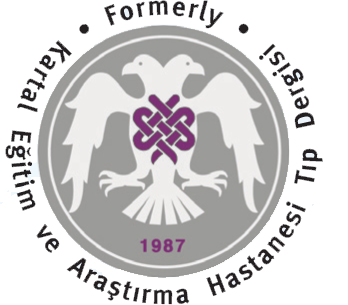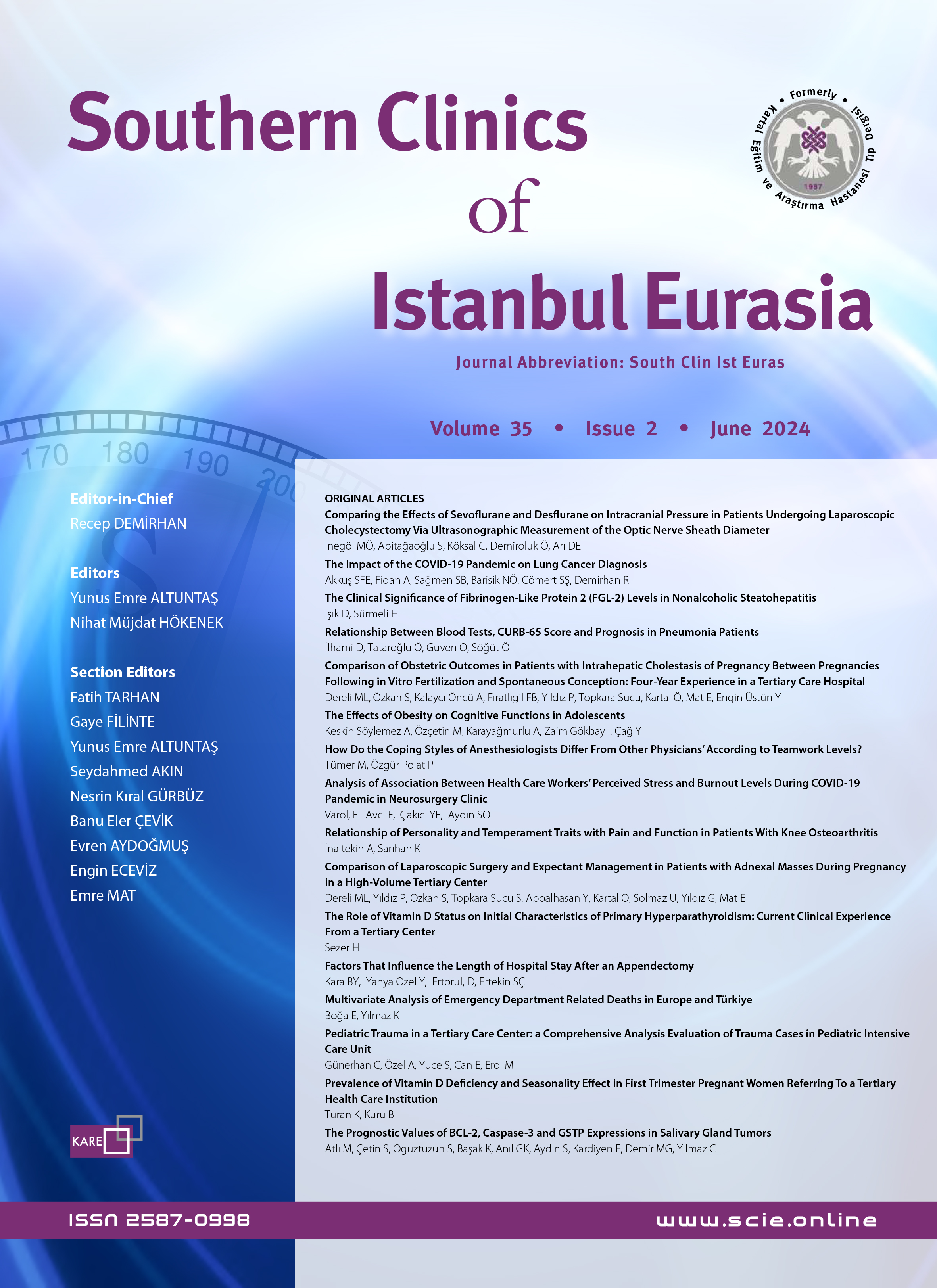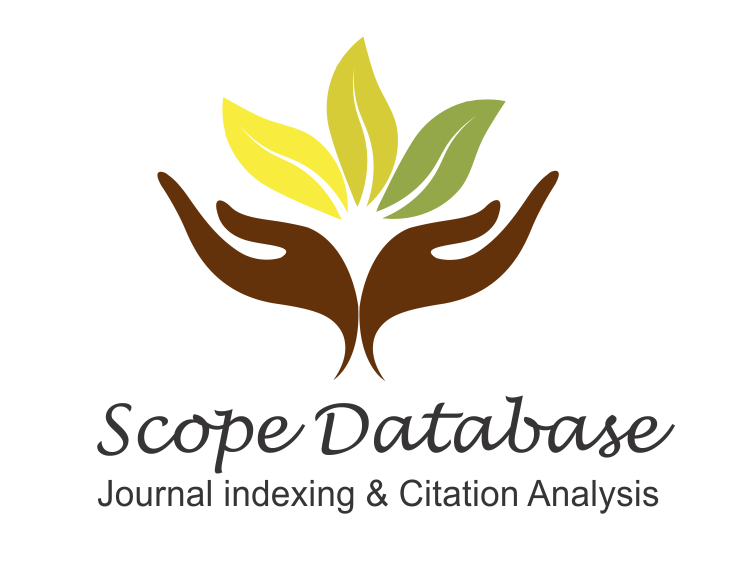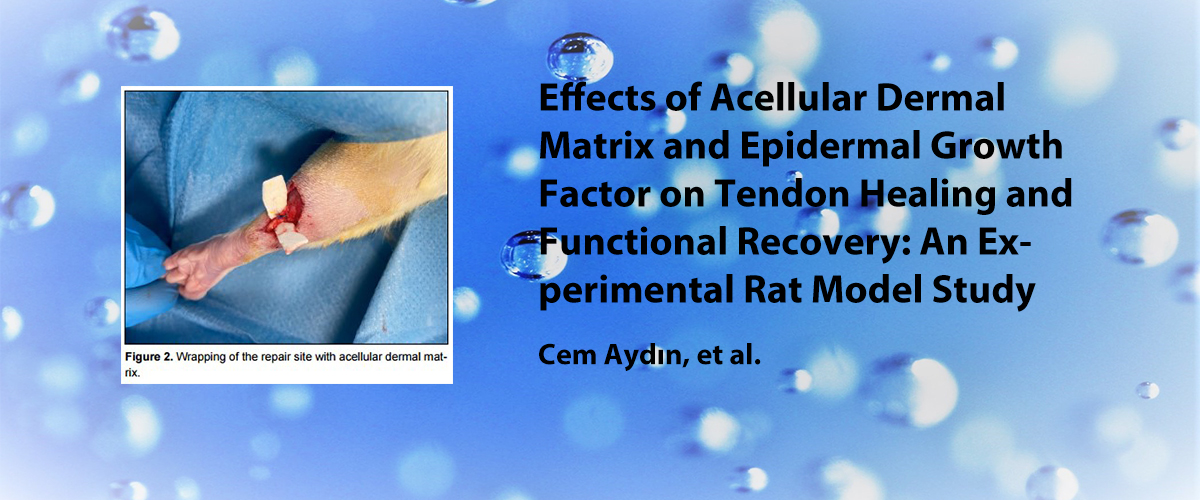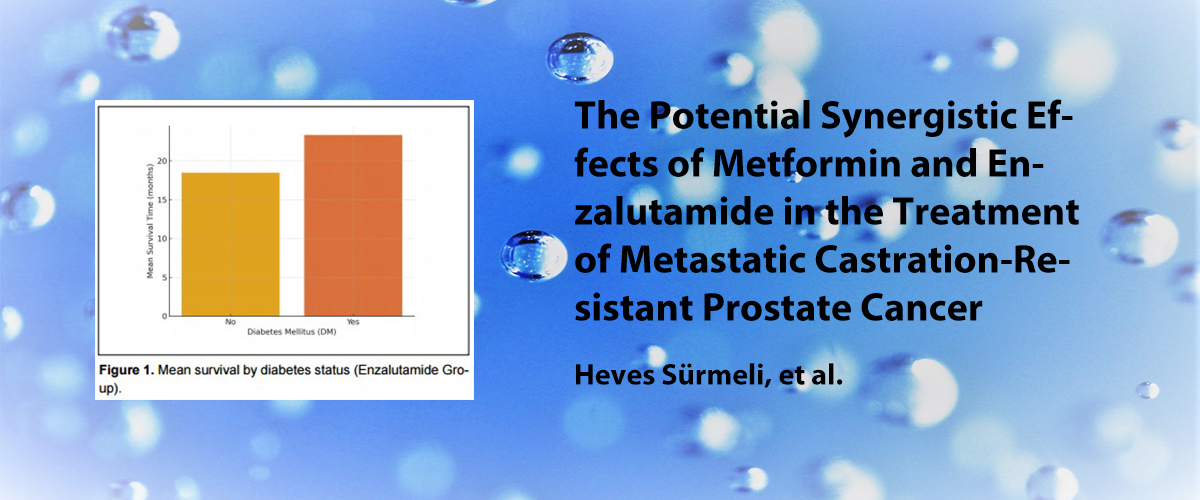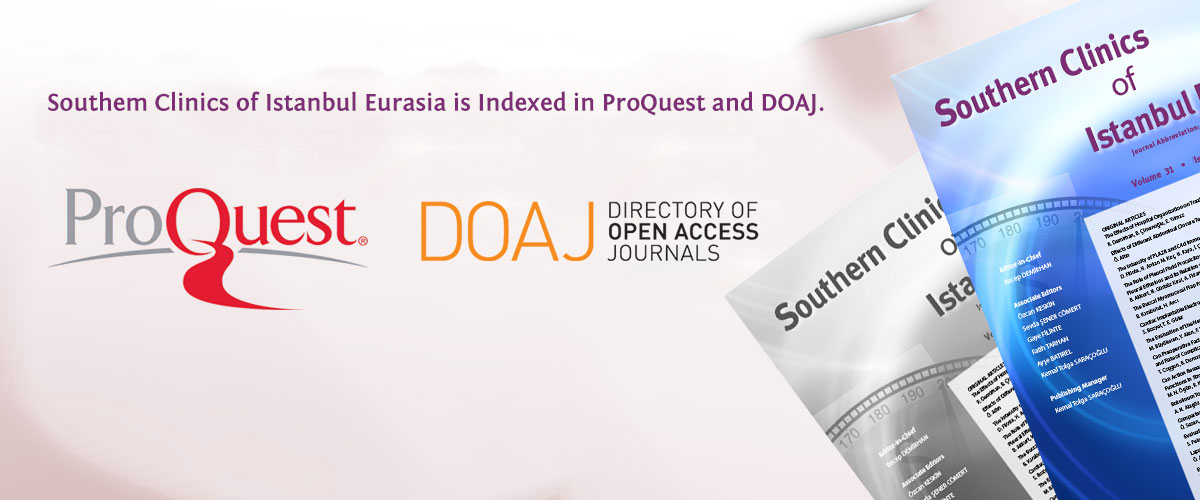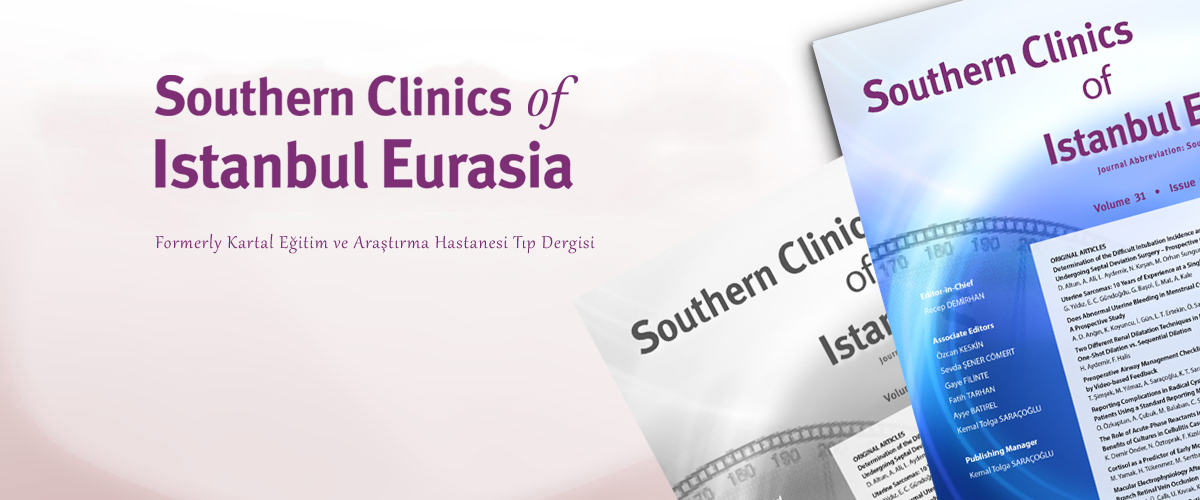ISSN : 2587-0998
SARS-CoV-2 Enfeksiyonu ve Aşılamadan Sonra Gelişen Glomerülonefritlerin Uzun Dönem Prognozları
Pınar Ozdemır1, Serap Yadıgar1, Erman Ozdemir21Kartal Dr Lütfi Kırdar Şehir Hastanesi, Nefroloji Kliniği, İ̇stanbul2Pendik Devlet Hastanesi, Nefroloji Kliniği, İ̇stanbul
GİRİŞ ve AMAÇ: Bu çalışmanın amacı, Şiddetli Akut Solunum Yolu Sendromu Koronavirüs 2 (Sars-Cov-2) enfeksiyonu ve aşılaması sonrası gelişen glomerülonefritli hastaların uzun dönem prognozunu araştırmaktır.
YÖNTEM ve GEREÇLER: Bu vaka serisinde, SARS-CoV-2 mRNA aşısı veya SARS-CoV-2 enfeksiyonundan sonra yeni teşhis edilen toplam 24 GN vakasını bildirdik. Hastalarımızın dosya kayıtlarından 1., 3., 6., 12. ve 24. ay takiplerinde üre kreatinin, albümin, proteinüri, albüminüri değerlerini kaydettik. Tedavi yanıtlarını ve uzun vadeli renal prognozlarını değerlendirdik.
BULGULAR: Toplam 24 hasta değerlendirildi. GN 18 hastada (%75) aşılamadan sonra, 6 hastada (%25) enfeksiyondan sonra gelişti. Olgu serimizdeki en sık GN membranöz glomerülonefrit (MN) idi (24 hastanın 12'si, %50). 5 hastada IgA nefropatisi (IGAN) (%20), 3 hastada idiyopatik immün kompleks glomerülonefriti (ICGN,%12,5), 1 hastada anti-glomerüler bazal membran hastalığı (Anti-GBM), 1 hastada minimal değişiklik hastalığı (MCD) ve 1 hastada MPO-ANCA ilişkili glomerülonefrit vardı. Hastalardan sadece 4'ü 2. yılda remisyonda takip edilmektedir.
TARTIŞMA ve SONUÇ: Aşılama ve enfeksiyondan sonra gelişen glomerülonefrit (GN) ile ilgili uzun vadeli takip verileri literatürde hala nadirdir. Aşılama ve enfeksiyondan sonra durumu geliştiren GN hastalarımızın uzun vadeli takip sonuçlarını sunarak bu bilgi boşluğunu gidermeye katkıda bulunmayı amaçlıyoruz. Klinik gözlemlerimiz, enfeksiyondan sonra GN geliştiren hastaların daha zayıf tedavi yanıtları sergilediğini göstermektedir. Bu nedenle, devam eden aşı tartışmalarına rağmen, toplum aşılamasının kritik bir koruyucu önlem olarak önemini yineliyoruz.
Long-Term Renal Prognosis Evaluation of Glomerulonephritis Developig After Severe Acute Respiratory Syndrome Coronavirus 2 Infection and Vaccination
Pınar Ozdemır1, Serap Yadıgar1, Erman Ozdemir21Department of Nephrology, Kartal Dr Lütfi Kırdar City Hospital, Istanbul, Türkiye2Department of Nephrology, Pendik State Hospital, Istanbul, Türkiye
INTRODUCTION: The aim of this study was to investigate the long-term prognosis of patients of glomerulonephrıtıs developıng after Severe acute respiratory syndrome coronavirus 2 (Sars-Cov-2) ınfectıon and vaccınatıon patients.
METHODS: In this case series, we reported a total of 24 newly diagnosed GN cases after SARS-CoV-2 mRNA vaccinesor SARS-CoV-2 infection. We recorded the urea creatinine, albumin, proteinuria, albuminuria values at 1st, 3rd, 6th, 12th, and 24th month follow-ups from our patients' file records. We evaluated their treatment responses and long-term renal prognoses.
RESULTS: Results: A total of 24 patients were evaluated. GN developed after vaccination in 18 patients (75%) and after infection in 6 patients (25%). The most common GN in our case series was membranous glomerulonephritis (MN)(12 of 24, 50%). 5 patients had IgA nephropathy (IGAN) ( 20%), 3 had idiopathic immune complex glomerulonephritis (ICGN,12.5%), 1 had anti-glomerular basement membrane disease (Anti-GBM), 1 had minimal change disease (MCD) and 1 had MPO-ANCA associated glomerulonephritis. Only 4 of the patients are followed up in remission in the 2nd year.
DISCUSSION AND CONCLUSION: Long-term follow-up data on glomerulonephritis (GN) developing after vaccination and infection remains scarce in the literature. We present the long-term follow-up results of our GN patients who developed the condition after vaccination and infection, aiming to contribute to addressing this knowledge gap. Our clinical observations suggest that patients who developed GN post-infection exhibited poorer treatment responses. Therefore, despite ongoing vaccine discussions, we reiterate the importance of community vaccination as a crucial protective measure.
Makale Dili: İngilizce

